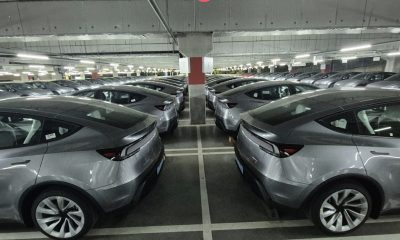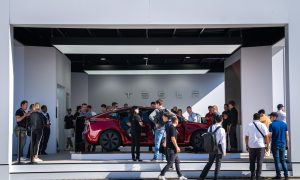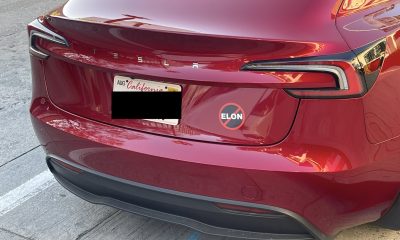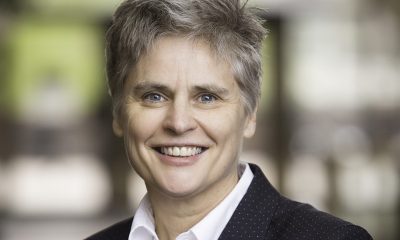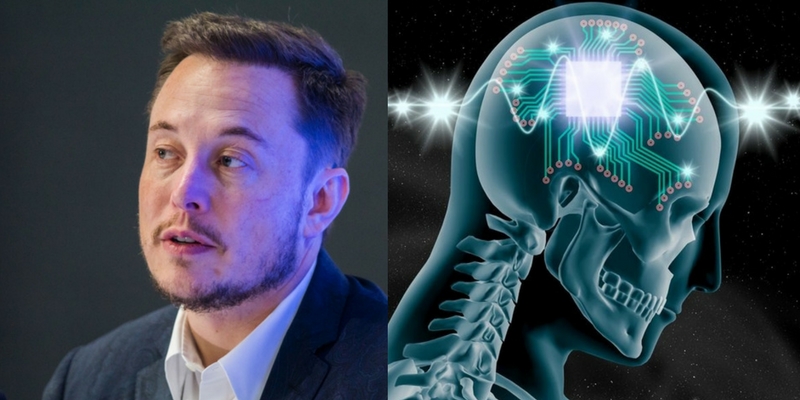

Lifestyle
Elon Musk’s Neuralink to livestream special project update on July 16
Elon Musk’s Neuralink, the venture working to bridging the gap between potential superhuman artificial intelligence (AI) and the human brain itself, is finally providing an update on the research it’s been doing since its formation in 2016. The event will take place on July 16th in San Francisco for a select audience, and a live stream will be provided as well, according to the company’s official Twitter account.
“We’re having an event next Tuesday in San Francisco to share a bit about what we’ve been working on the last two years, and we’ve reserved a few seats for the internet,” the company posted. “It will also be livestreamed, for those who don’t have the chance to come!”
An update on Neuralink’s research activity was teased in September last year by Musk during a live interview. “I think [Neuralink will] have something interesting to announce in a few months that’s at least an order of magnitude better than anything else, probably better than anyone thinks is possible,” he revealed.
It will also be livestreamed, for those who don't have the chance to come!
— Neuralink (@neuralink) July 11, 2019
A long-form explainer on Neuralink’s purpose was posted by Tim Urban on Wait But Why in April 2017 after Musk gave him first-hand access to the company and its team; however, details beyond that have been scarce.
Some insight on the company has been gleaned from its job postings and permit filings in the last two years. In 2017, Neuralink filed paperwork to build an in-house machine shop and a biological testing laboratory for its facility in San Francisco. The enterprise also filed for a permit from the California Department of Public Health in April 2017, directly referencing the utilization of laboratory animals. While specifics are still missing, the permits at the very least confirm Neuralink is making progress in its endeavors as do their evolving job postings. The theme of the company’s employment needs has gradually shifted from experimental science, engineering, and fabrication to something more explicitly focused on one or a few particularly promising solutions.
In an interview on Axios last November, Musk hinted that Neuralink would first introduce microcontrollers to further advance computer-brain interface technology, i.e., possibly unveil an initial version of what will eventually become a “neural lace.” One of the concerns about the rise of AI is the role humans will have once it’s sufficiently advanced to no longer need our input. A neural lace would address this concern. “I don’t love the idea of being [an AI] house cat, but what’s the solution? I think one of the solutions that seem maybe the best is to add an AI layer,” Musk said during Code Conference 2016.
The technology being developed by Neuralink would theoretically allow us to integrate with computers to access and process information just as well as our AI counterparts. Essentially, our brains will have our very own AI in a cloud that our brains can synthesize with as needed. We already interface with our computers on a regular basis, so the jump from an external device to an internal one would seem to be a natural progression.
Musk also suggested memory functionality as an area for Neuralink to focus on, specifically for issues around Alzheimer’s, during his discussion on Axios. “It’s incredibly sad when a mother forgets her children, and that can be solved, too,” he noted. This concept is in line with marketable technology for therapy use that Musk has hinted at before during his discussions with Tim Urban. “We are aiming to bring something to market that helps with certain severe brain injuries (stroke, cancer lesion, congenital) in about four years,” he was quoted as saying.
Perhaps this therapeutic research will be included in the July 16th event. Or perhaps we’ll see something pulled straight out of science fiction, as he seems to have indicated last year. Both?
Lifestyle
Possible first glimpse of Tesla “Model 2” affordable car in Fremont Factory
The models that Tesla will release in the coming months will resemble the company’s current lineup.
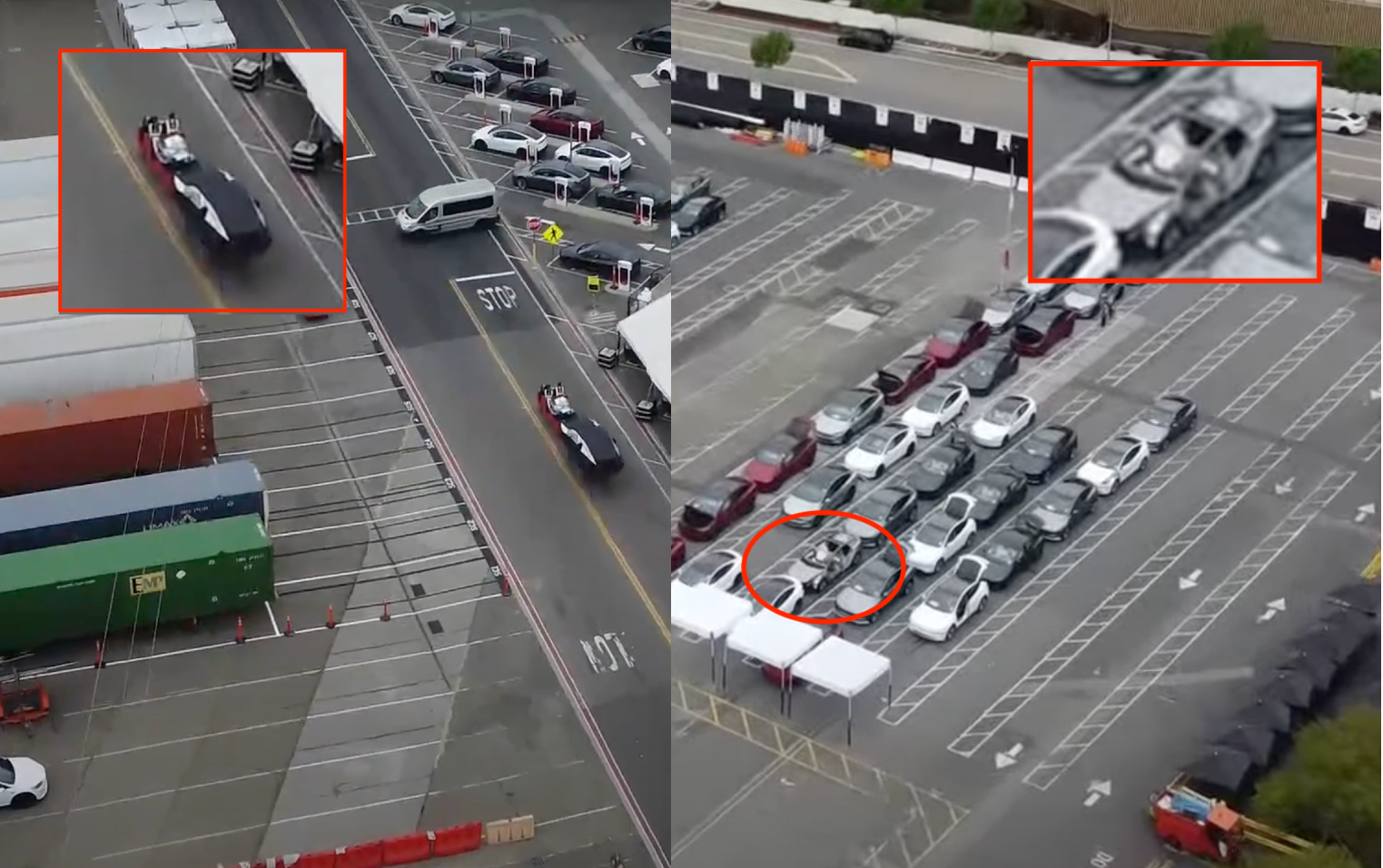
During the Q1 earnings call, Tesla VP of Vehicle Engineering Lars Moravy set expectations on the design of the affordable models that the company is expected to launch this 2025. As per the Tesla executive, the models that Tesla will release in the coming months will resemble the company’s current lineup.
Drone footage from the Fremont Factory earlier this month might have provided the EV community its first potential glimpse at Tesla’s affordable cars–fondly dubbed by EV fans and analysts as the “Model 2” or even “Model Q”–or at least their components and overall shape.
The Sighting
Tesla watcher and drone operator Met God in Wilderness, who has been posting aerial videos of the Fremont Factory for years now, recently shared some footage from his drone flyovers this month. While the Fremont Factory was abuzz with activity as usual, a couple of rather strange vehicles were quickly spotted by EV watchers on social media.
During the drone operator’s flyover on the 17th, for example, an unfinished vehicle could be seen parked next to what appeared to be fully-built Model S and Model Y units. What was especially interesting was the vehicle’s roof, which seemed to be slightly narrower than the Model Ys around it. Based on the video, at least, the vehicle seemed to be shaped like a crossover as well.
Footage from the 24th of April also proved quite interesting, with the drone operator capturing footage of another cryptic vehicle. Unlike the mysterious, unfinished, crossover-esque car spotted on the 17th, this particular unit seemed to have a more sloping rear, at least based on the shape of its covering.
What Lars Moravy Said
In Tesla’s Q1 2025 Update Letter, Tesla noted that “plans for new vehicles, including more affordable models, remain on track for start of production in the first half of 2025.” Tesla also noted that the new vehicles will utilize aspects of its next generation and its current platforms. They will also be produced on the same manufacturing lines as its present vehicle lineup, likely the Model Y and Model 3.
During the earnings call itself, Moravy specifically stated that the new models that would come out in the next months would resemble the company’s current vehicles. They will, however, be affordable. “Models that come out in next months will be built on our lines and will resemble, in form and shape, the cars we currently make. And the key is that they’ll be affordable, and you’ll be able to buy one,” Moravy stated.
Watch the drone operator’s footage from April 17 below.
The drone operator’s footage from April 24 can be viewed below.
Lifestyle
Elon Musk seemingly confirms Cybertruck gift to 13-year-old cancer fighter
Diagnosed in 2018 with a rare form of brain and spine cancer with no cure, the teen has undergone 13 surgeries by the time he was 12.
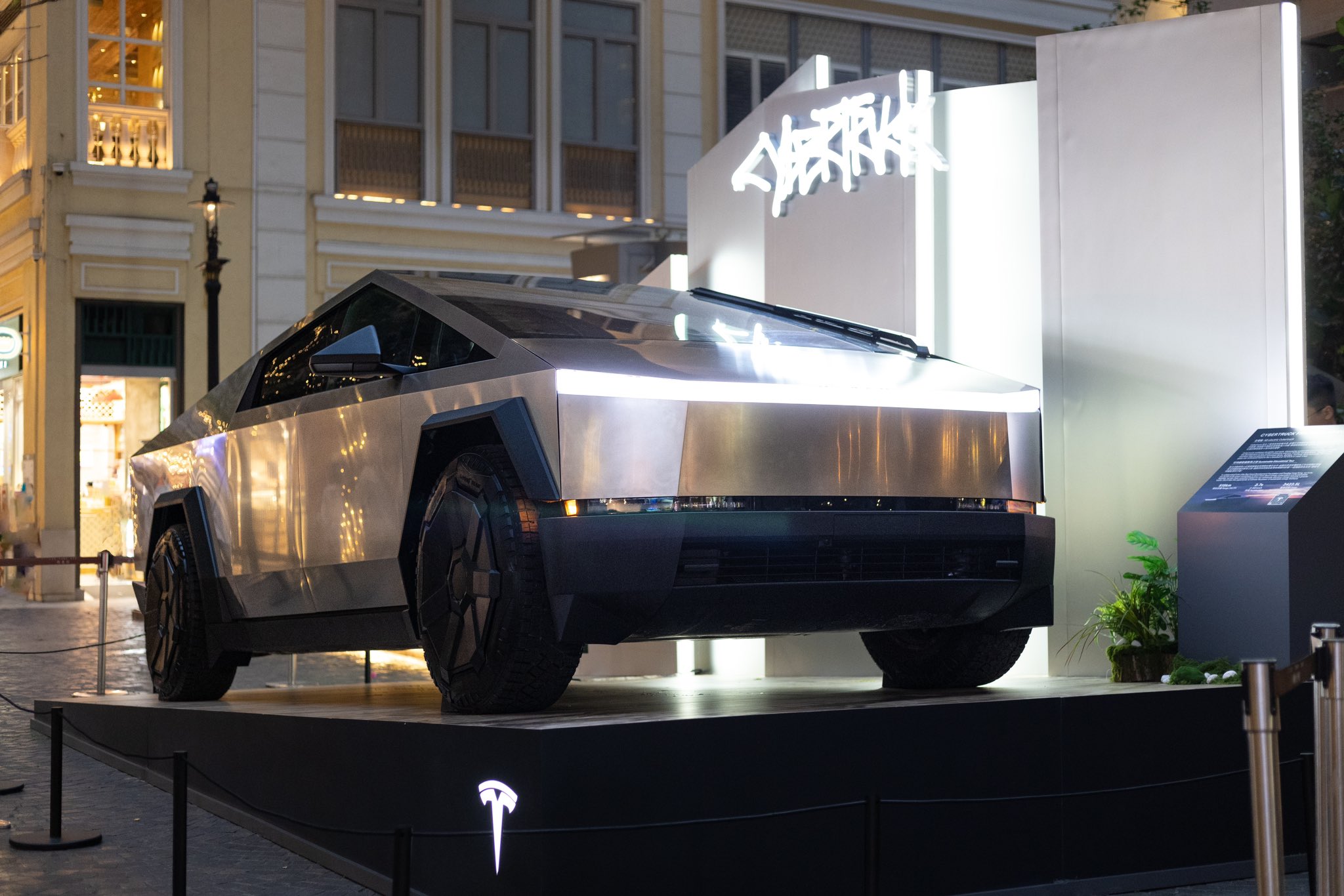
Elon Musk has seemingly confirmed that he will be sending a Tesla Cybertruck to 13-year-old Devarjaye “DJ” Daniel, a 13-year-old Houston boy fighting brain cancer. The teen was recognized as an honorary Secret Service member by U.S. President Donald Trump during his address to Congress on Tuesday.
A Chance Meeting
The Tesla CEO’s Cybertruck pledge was mentioned during DJ’s short interview with CNN’s Kaitlan Collins. When Collins asked the 13-year-old what he told the Tesla CEO, DJ answered that he asked for a Cybertruck.
“I said, ‘can you do me a big favor, when you get back to Houston can you send us a Cybertruck down there?’” the cancer fighter stated.
Daniel noted that Musk responded positively to his request, which was highlighted by Collins in a post on X. Musk responded to the post with a heart emoji, suggesting that he really will be sending a Cybertruck to the 13-year-old cancer fighter.
Teen’s Cancer Battle Inspires
Diagnosed in 2018 with a rare form of brain and spine cancer with no cure, Daniel has undergone 13 surgeries by the time he was 12. During his speech, Trump highlighted the 13-year-old’s long battle with his disease.
“Joining us in the gallery tonight is a young man who truly loves our police. The doctors gave him five months at most to live. That was more than six years ago. Since that time, DJ and his dad have been on a quest to make his dream come true,” Trump stated.
Daniels officially received an honorary badge from U.S. Secret Service Director Sean Curran, to much applause during the event.
Surprisingly Partisan
While Daniels’ story has been inspiring, Trump’s focus on the 13-year-old cancer fighter has received its own fair share of criticism. MSNBC host Nicolle Wallace, while referencing Daniels’ love for law enforcement, noted that she is hoping the 13-year-old never has to defend the U.S. capitol against Trump supporters. “If he does, I hope he isn’t one of the six who loses his life to suicide,” Wallace stated.
Anti-Musk and Trump accounts on X have also thrown jokes at the cancer fighter’s honorary badge, with some dubbing the 13-year-old as a “DEI hire” that should be looked into by DOGE.
Lifestyle
Tesla owner highlights underrated benefit of FSD Supervised
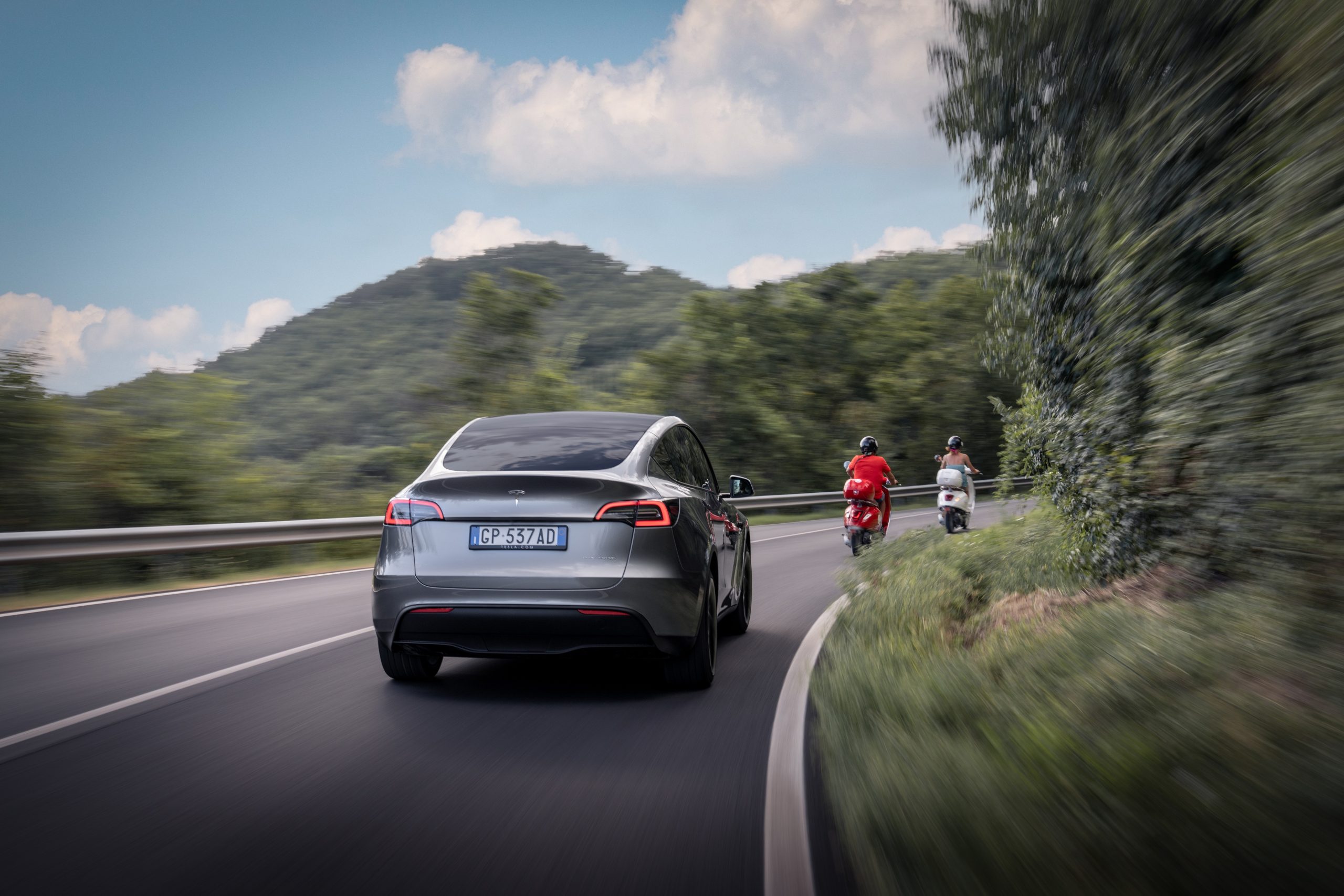
Elon Musk has been pretty open about the idea of FSD being the difference maker for Tesla’s future.
If Tesla succeeds in achieving FSD, it could become the world’s most valuable company. If it doesn’t, then the company would not be able to reach its optimum potential.
FSD Supervised’s safety benefits:
- But even if FSD is still not perfect today, FSD Supervised is already making a difference on the roads today.
- This was highlighted in Tesla’s Q4 2024 Vehicle Safety Report.
- As per Tesla, it recorded one crash for every 5.94 million miles driven in which drivers were using Autopilot technology.
- For comparison, the most recent data available from the NHTSA and FHWA (from 2023) showed that there was one automobile crash every 702,000 miles in the United States.
This morning, Tesla FSD proved to be an absolute godsend. I had to take my brother-in-law to the hospital in Sugar Land, TX, which is 40 miles away, at the ungodly hour of 4 AM. Both of us were exhausted, and he was understandably anxious about the surgery.
— JC Christopher (@JohnChr08117285) January 29, 2025
The convenience of…
FSD user’s tale:
- As per an FSD user’s post on social media platform X, FSD Supervised was able to help him drive a relative to a medical facility safely even if he was exhausted.
- During the trip, the driver only had to monitor FSD Supervised’s performance to make sure the Tesla operated safely.
- In a vehicle without FSD, such a trip with an exhausted driver would have been quite dangerous.
- “This morning, Tesla FSD proved to be an absolute godsend. I had to take my brother-in-law to the hospital in Sugar Land, TX, which is 40 miles away, at the ungodly hour of 4 AM. Both of us were exhausted, and he was understandably anxious about the surgery.
- “The convenience of sending the hospital’s address directly from my iPhone to my Tesla while still inside my house, then just a single button press once inside, and 40 miles later we were precisely in front of the hospital’s admissions area.This experience really underscores just how transformative this technology can be for society,” Tesla owner JC Christopher noted in his post.
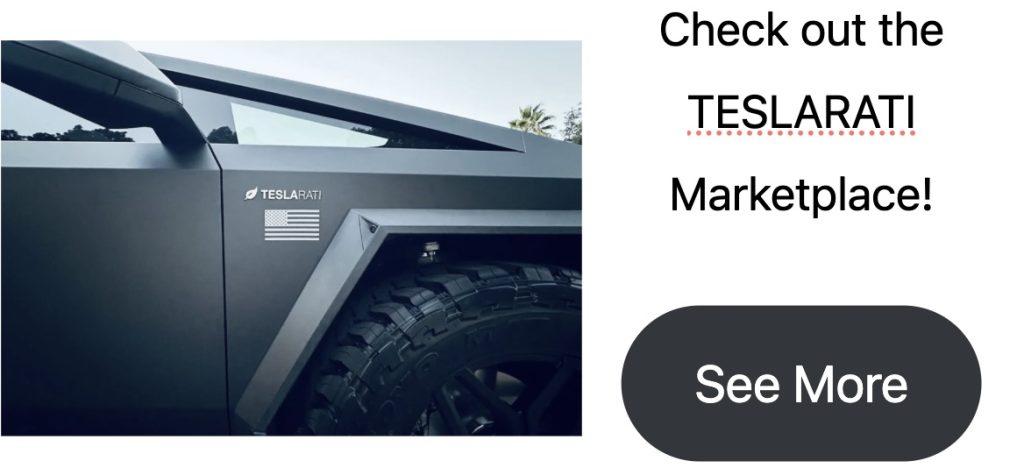
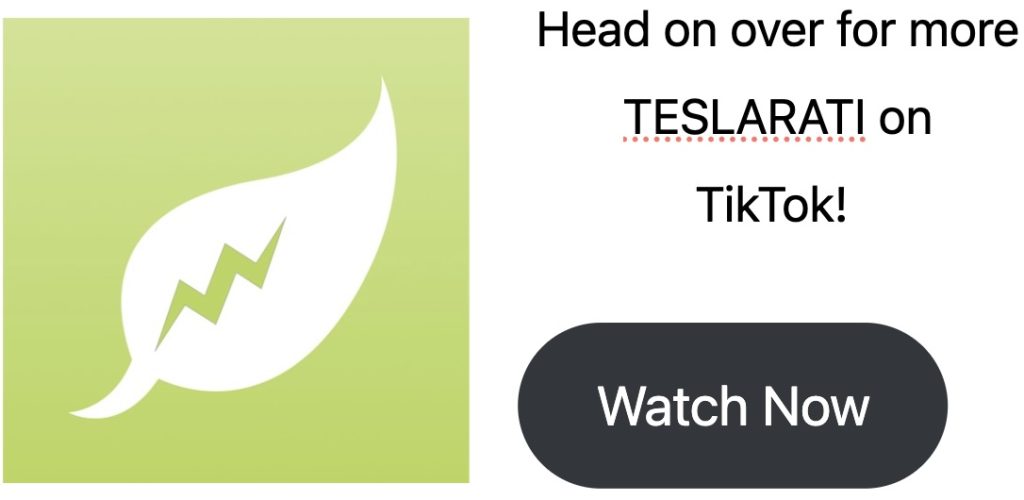
Don’t hesitate to contact us with news tips. Just send a message to simon@teslarati.com to give us a heads up.
-
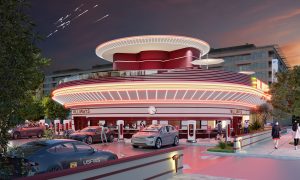
 News1 week ago
News1 week agoTesla’s Hollywood Diner is finally getting close to opening
-
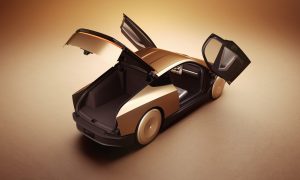
 Elon Musk2 weeks ago
Elon Musk2 weeks agoTesla doubles down on Robotaxi launch date, putting a big bet on its timeline
-

 News4 days ago
News4 days agoTesla is trying to make a statement with its Q2 delivery numbers
-
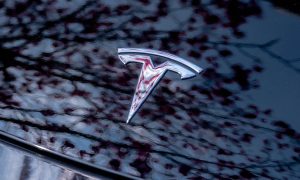
 News2 weeks ago
News2 weeks agoTesla’s top investor questions ahead of the Q1 2025 earnings call
-

 News2 weeks ago
News2 weeks agoUnderrated Tesla safety feature recognized by China Automotive Research Institute
-
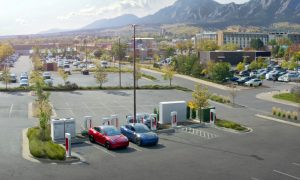
 News2 weeks ago
News2 weeks agoTesla reveals its Q1 Supercharger voting winners, opens next round
-
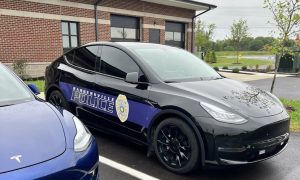
 News2 weeks ago
News2 weeks agoTesla police fleet saves nearly half a million in upkeep and repair costs
-

 Investor's Corner7 days ago
Investor's Corner7 days agoLIVE BLOG: Tesla (TSLA) Q1 2025 Company Update and earnings call



